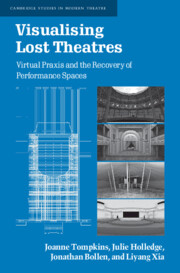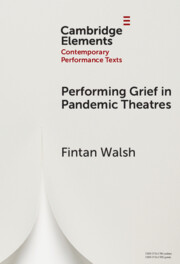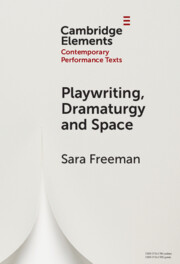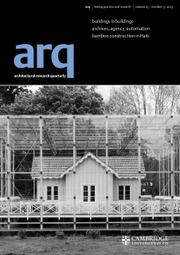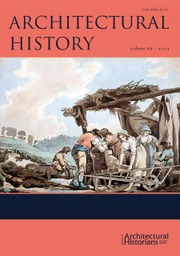Visualising Lost Theatres
This pioneering study harnesses virtual reality to uncover the history of five venues that have been 'lost' to us: London's 1590s Rose Theatre; Bergen's mid-nineteenth-century Komediehuset; Adelaide's Queen's Theatre of 1841; circus tents hosting Cantonese opera performances in Australia's goldfields in the 1850s; and the Stardust showroom in 1950s Las Vegas. Shaping some of the most enduring genres of world theatre and cultural production, each venue marks a significant cultural transformation, charted here through detailed discussion of theatrical praxis and socio-political history. Using virtual models as performance laboratories for research, Visualising Lost Theatres recreates the immersive feel of venues and reveals performance logistics for actors and audiences. Proposing a new methodology for using visualisations as a tool in theatre history, and providing 3D visualisations for the reader to consult alongside the text, this is a landmark contribution to the digital humanities.
- Develops high quality 3D visualisations – accessible in both desktop and VR versions – of theatres that no longer exist
- Investigates each 'lost' theatre in depth to ascertain its theatrical, social, and political history, drawing on virtual reality to open up new interpretative possibilities
- Proposes a new methodology for using visualisations as a tool in theatre history, providing a starting point for interrogating theatre and theatre practice with and through this new technology
Reviews & endorsements
Visualising Lost Theatres makes a major contribution to the fields of both Theatre Studies and Digital Humanities. Readers are invited to imagine anew the 'lost' theatres of the book's title, from the Rose in 1590s London to the Stardust Hotel in 1950s Las Vegas. The authors' use of digital tools and methods to explore those venues allows them to offer new ways to understand canonical figures such as Shakespeare and Ibsen, while also highlighting the importance of other forms of live performance such as Cantonese opera. The book ranges across many fields – architecture, tourism, digital culture heritage, translation, and more – but its contribution to Theatre Studies is particularly immense, not just expanding what we know but providing new tools and methods for future research. Patrick Lonergan, NUI Galway
Product details
August 2022Adobe eBook Reader
9781108755863
0 pages
This ISBN is for an eBook version which is distributed on our behalf by a third party.
Table of Contents
- Introduction: Theatre Venues and Visualisation
- 1. The Rose Theatre and Stage Movement in Marlowe's Doctor Faustus
- 2. Komediehuset and Henrik Ibsen's Stagecraft in his First Theatre
- 3. A Colonial Audience Watching Othello at the Queen's Theatre
- 4. Cantonese Opera and the Layering of Space on the Australian Goldfields
- 5. The Design of Attraction at the Stardust Showroom in Las Vegas
- Conclusion: Visualising the Future of Theatre Research.

